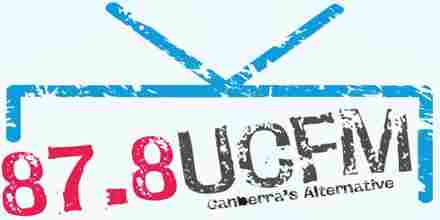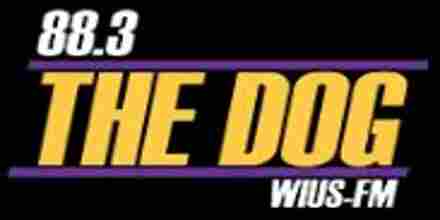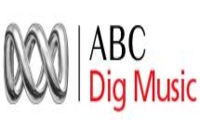🎶 Top 3 radio stations playing Alternative


 1.6k
1.6k

 422
422
 298
298


 470
470
 169
169
 268
268
 315
315
 155
155

 503
503
 1
1


 429
429
 272
272
 1
1


 261
261


 160
160
 199
199
 157
157




 139
139


 208
208


 239
239
 357
357


 154
154


 190
190


 149
149
 177
177

 167
167


 173
173
 221
221
 1.6k
1.6k


 106
106



 404
404
 114
114
 142
142


 125
125


 102
102